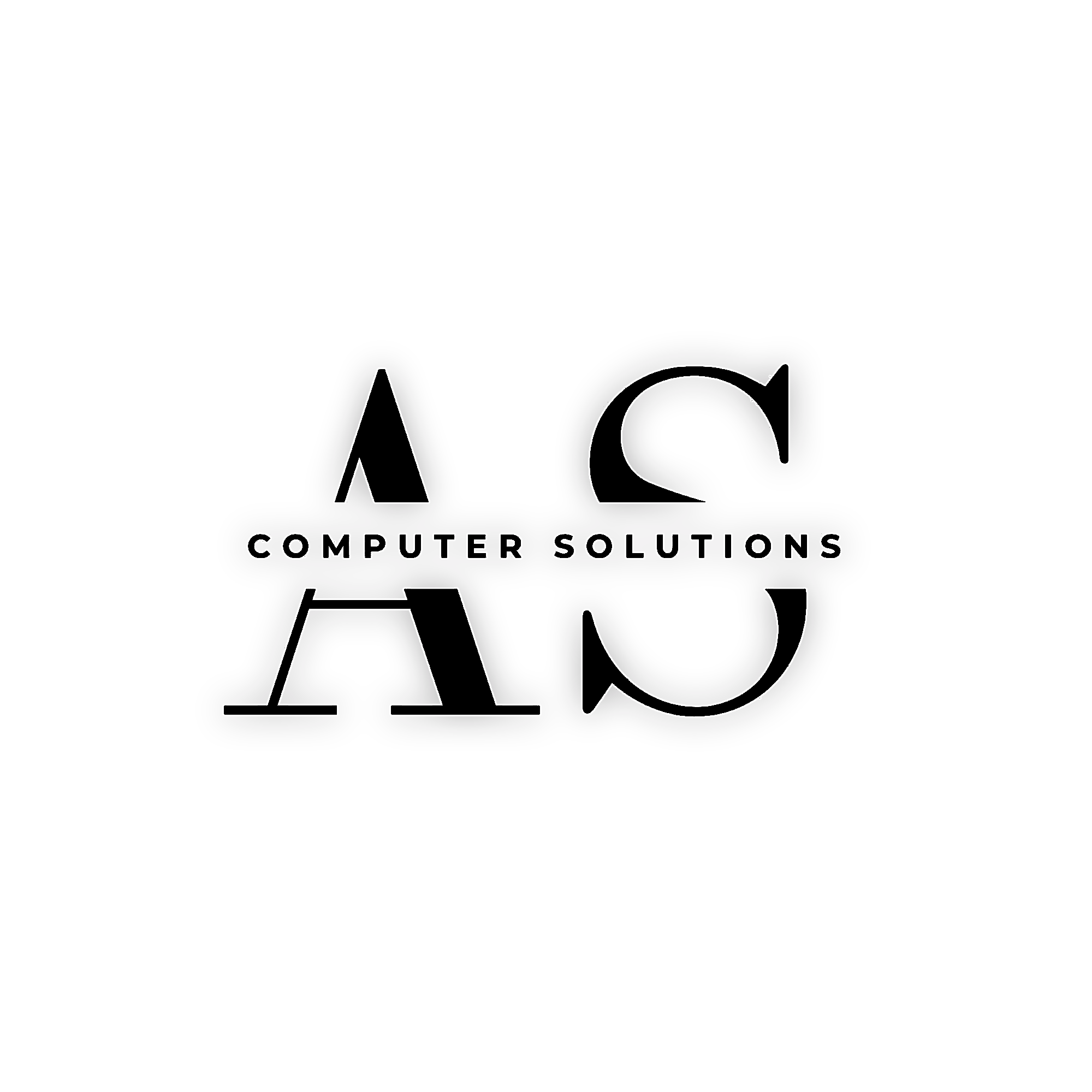Your cart is currently empty!

There’s nothing worse than that sinking feeling when your computer starts acting up—strange noises, files that won’t open, or worse, the whole system refuses to boot. If your photos, business documents, or personal files are stuck on a possibly failing hard drive, don’t panic just yet.
We help folks through this all the time. Whether it’s a family laptop full of memories or a work PC with client data, we know how stressful this can be. The good news? Acting quickly (and correctly) can make all the difference when it comes to saving your files.
⚠️ First Things First: Shut It Down
Seriously—stop using the computer immediately if you think the hard drive might be failing. Every extra minute it’s powered on increases the risk of permanent damage or data loss. Power it down, unplug it, and take a breath.
🔍 Signs Your Hard Drive Might Be in Trouble
Here are a few red flags to watch for:
- Clicking, buzzing, or grinding sounds – These are never good.
- Frequent crashes or freezes – Especially when opening files or programs.
- Files won’t open or are missing – Or they look corrupted.
- The drive doesn’t show up anymore – Either in File Explorer or BIOS.
- Boot errors – Like “Operating System not found” or “Disk boot failure.”
If you notice any of these, don’t try to push through. Shut it down and move on to the next step.
🧭 Step 1: Determine the Type of Failure
Not all hard drive issues are created equal. Here’s how to tell what you’re dealing with:
💽 Logical (Software) Failure:
The drive still powers on and shows up, but the data is corrupted or missing due to things like viruses, bad shutdowns, or software errors.
✅ Good news: You may be able to recover files yourself.
🔧 Physical (Hardware) Failure:
The drive makes strange noises, doesn’t spin up, or isn’t detected at all.
🚫 Bad news: This usually needs professional recovery. Don’t try to open it up—those shiny platters are super sensitive to dust and damage.
🧰 Step 2: Trying Software-Based Recovery (ONLY for Logical Issues)
If the drive is quiet and still recognized by another computer, you might be able to recover files at home. Here’s how:
1. Remove the Drive (Gently)
Take the drive out of the failing computer. Be careful and follow a guide if you’re unsure.
2. Connect It to Another Computer
Use a USB hard drive enclosure or a SATA-to-USB adapter to plug it into a working computer.
3. Use Data Recovery Software
Install recovery software on the working computer, not on the drive you’re trying to fix.
Popular options:
- EaseUS Data Recovery (user-friendly)
- Recuva (great for deleted files)
- Disk Drill (Mac & Windows)
- PhotoRec/TestDisk (free, powerful, a bit more technical)
Let the program scan the drive (it may take a while), then save recovered files to a different drive, not the one you’re trying to recover from.
🚨 Step 3: Know When to Call in the Pros
There are times when DIY just won’t cut it—and pushing it further might destroy your data completely. Give us a call if:
- The drive makes noise (clicking, buzzing, etc.).
- It doesn’t show up at all on another computer.
- The files are extremely important (think business records or irreplaceable photos).
- You already tried software recovery and got nowhere.
- You suspect ransomware or encrypted files.
We have specialized tools, diagnostics, and connections to clean-room recovery labs if needed. You might only get one shot at recovery—don’t risk it if the data really matters.
🔄 Prevent Future Disasters: Back It Up!
We hate seeing folks go through this. The best protection is a solid backup plan. Here are a few easy options:
- External hard drives – Great for local backups.
- Cloud storage – Google Drive, OneDrive, iCloud, etc.
- Network-attached storage (NAS) – A solid choice for small businesses or home power users.
Follow the 3-2-1 backup rule:📁 3 copies of your data💾 2 different storage types🌐 1 copy stored offsite (like in the cloud)
Need Help? We’ve Got Your Back.
If you’re in Onoway or nearby and your hard drive is acting up, don’t wait. Bring it in or give us a call. We’ll check things out, let you know your options, and do everything we can to recover your files or get your system back up and running.
📞 Call or visit us today
📍 Onoway, Alberta
📱 (780) 967-0215

Leave a Reply